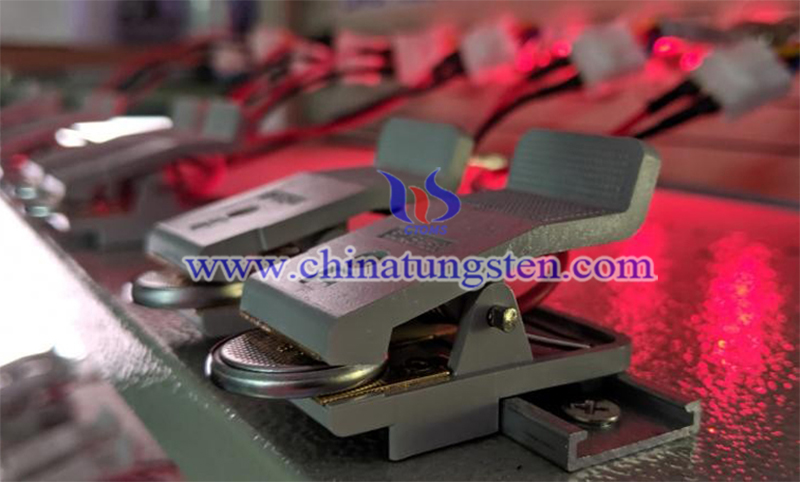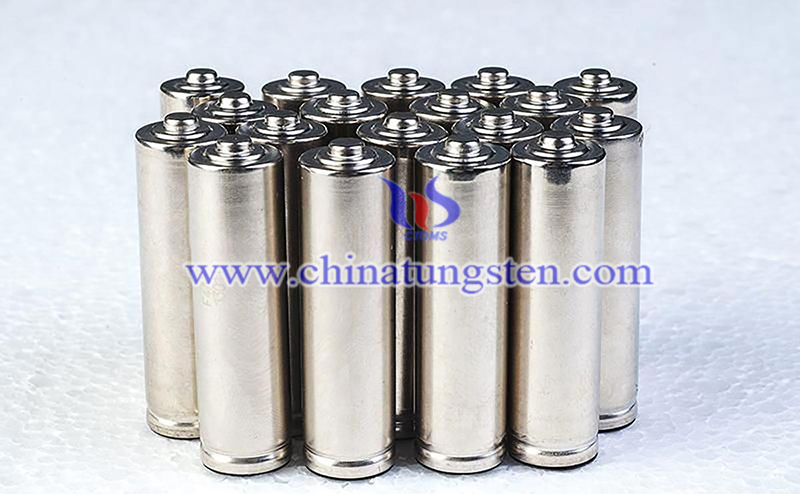Hollow Nanocrystals May Make Li-Ion Batteries Achieve Longer Lives
- Details
- Category: Tungsten's News
- Published on Tuesday, 30 June 2020 20:05
Hollow nanocrystals may make Li-ion batteries achieve longer lives. According to Nature-Nanotechnology, a team of researchers from Georgia Institute of Technology, Zurich Federal Institute of Technology and Oak Ridge National Laboratory has discovered nanometer-sized antimony crystals spontaneously form hollow structures, which could be a boon for Li-ion batteries by letting them have higher energy densities without shorter lives. This could also stretch out the time between charges.
According to reports, the flow of Li-ion batteries in and out of lithium battery anodes has long been a limiting factor in how much energy the batteries could hold using conventional materials. The efforts to increase the flow of lithium ions are hindered by the aging of the anode material, and the anode material will expand and contract during charging and discharging, resulting in greater pressure, thereby degrading the battery's life.

To address that issue, the team developed hollow "yolk-shell" nanoparticles that handle the volume changes caused by ion flow. Making those particles, however, was complex and costly.
"It has been intentionally engineering hollow nanomaterials for some time. This is a promising method to improve the life and stability of high energy density batteries," said Matthew McDowell, a researcher at the Georgia Institute of Technology. "The problem It has always been that directly synthesizing these hollow nanostructures at the large scale required for commercial applications is challenging and costly. Our findings can provide a simpler, streamlined process that resembles intentionally designed hollow structures Improve performance."
The observation of the hollow nanocrystals in the small test battery using a high-resolution electron microscope confirmed this hollow behavior, and found that they only appear in particles with a diameter of less than about 30 nanometers. The native oxide layer lets the tube expand when lithium ions flow in, then mechanically prevents shrinking as voids form in the antimony when the ions are removed. "When we first observed the unique hollow behavior, it was very exciting. We now know that this may have an important impact on battery performance." McDowell lamented.

Antimony is relatively expensive and not used in commercial battery electrodes. But the team believes spontaneous hollowing may also happen in less-costly related materials such as tin. Next steps would include testing other materials and mapping a pathway to commercial scale-up.
Asides from making long lives of Li-ion batteries. The study also indicates that despite the costly expense of the hollow nanocrystals, the self-hollowing antimony nanocrystals have another interesting property - they could also be used in sodium-ion and potassium-ion batteries, emerging designs for which much more research must be done.
- Tungsten Manufacturer & Supplier, Chinatungsten Online: www.chinatungsten.com
- Tungsten News & Prices of China Tungsten Industry Association: www.ctia.com.cn
- Molybdenum News & Price: news.molybdenum.com.cn
- Tel.: 86 592 5129696; Fax: 86 592 5129797; Email: sales@chinatungsten.com



 sales@chinatungsten.com
sales@chinatungsten.com